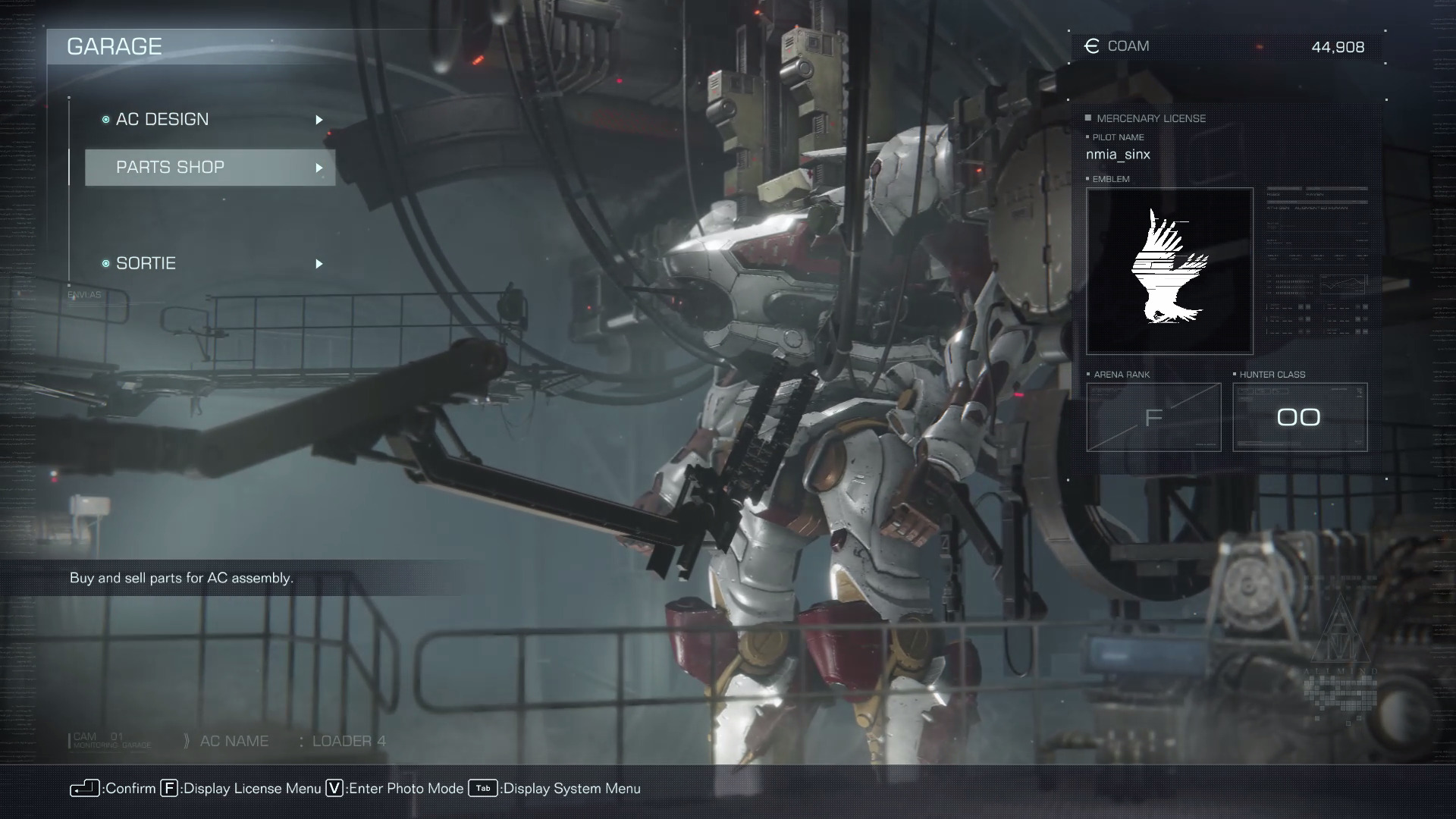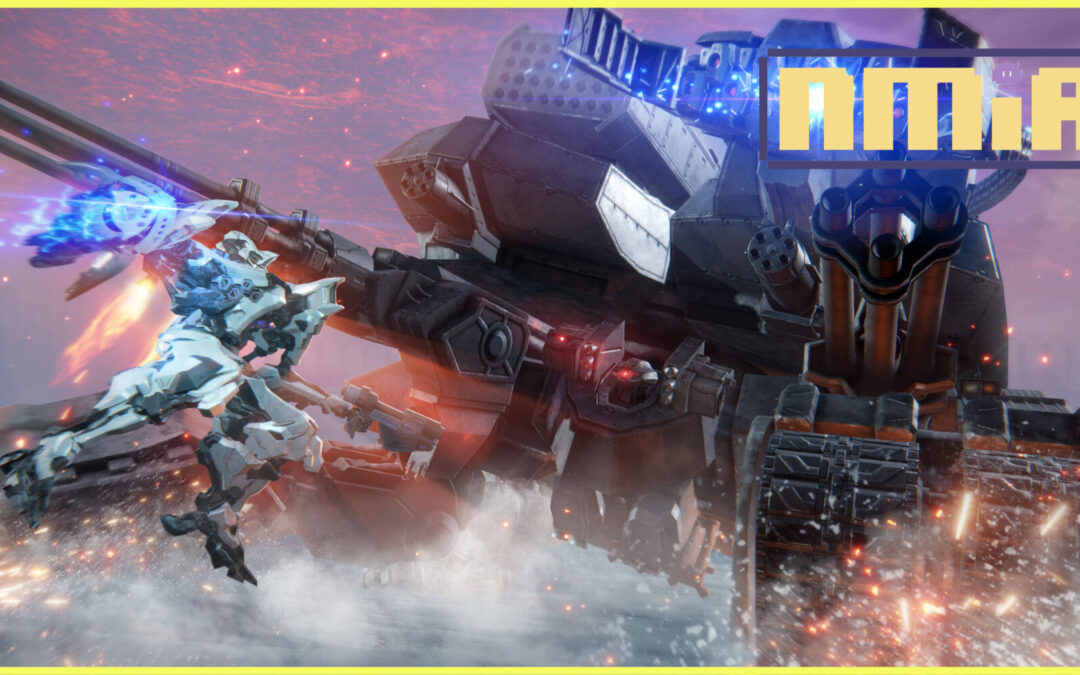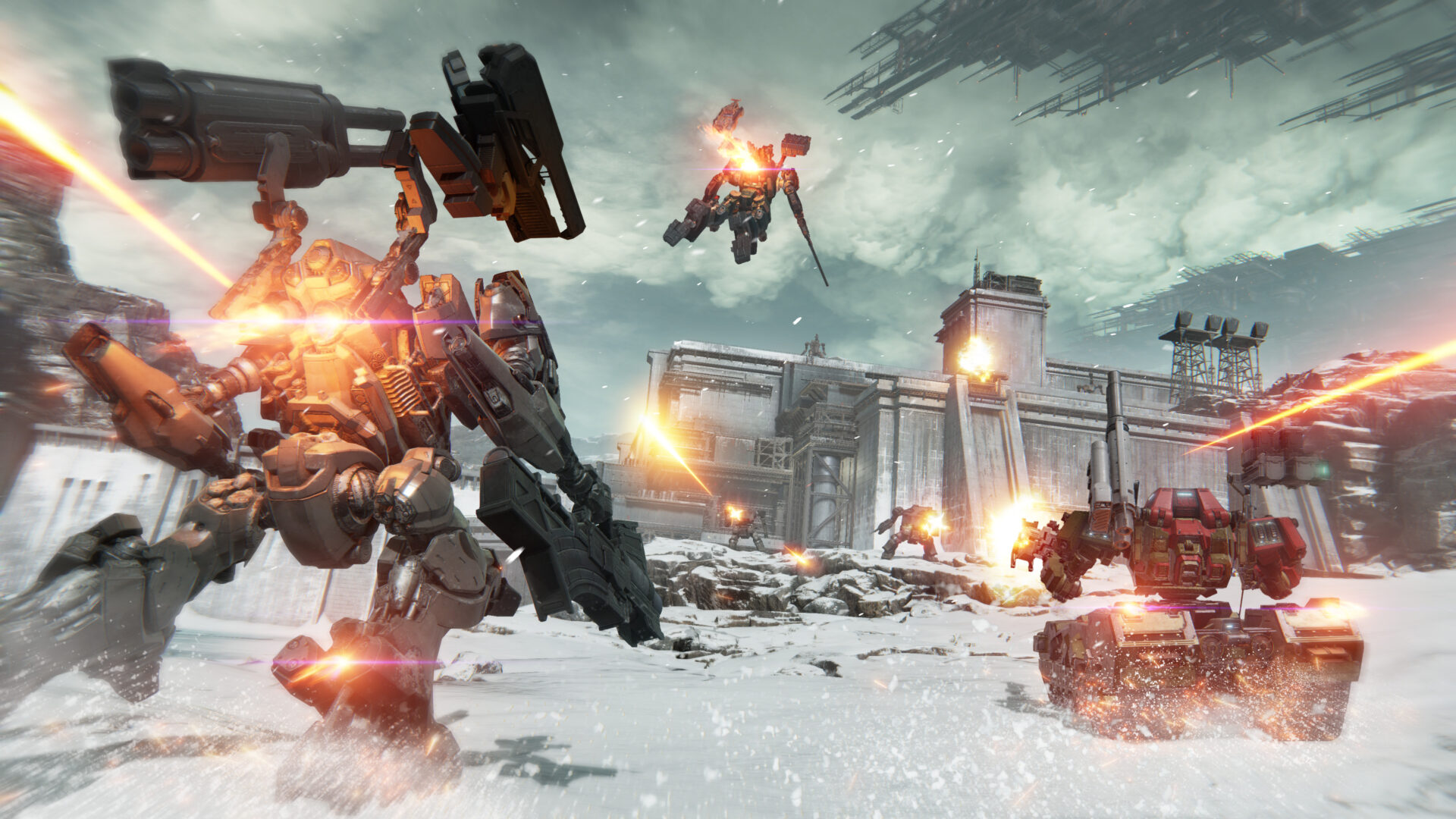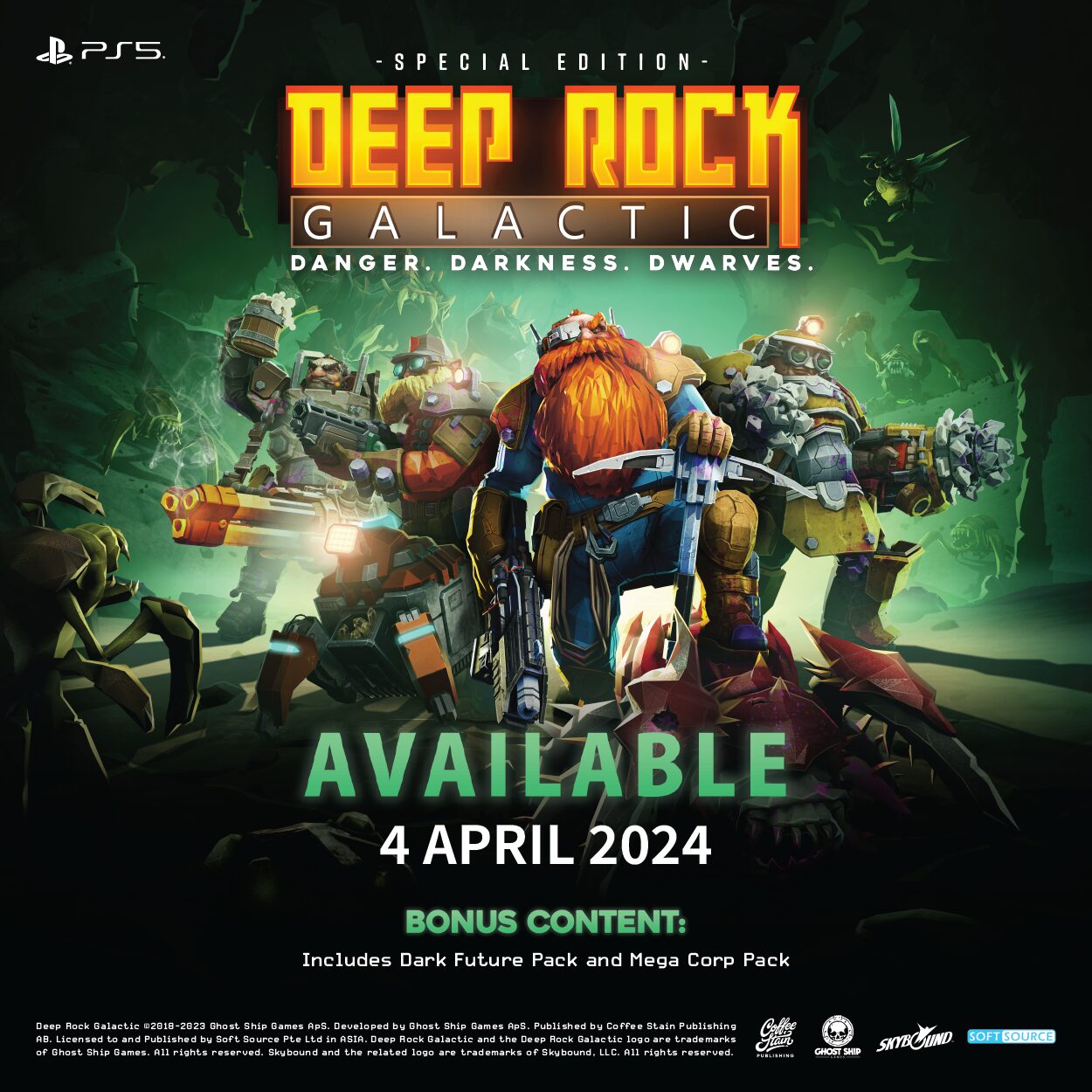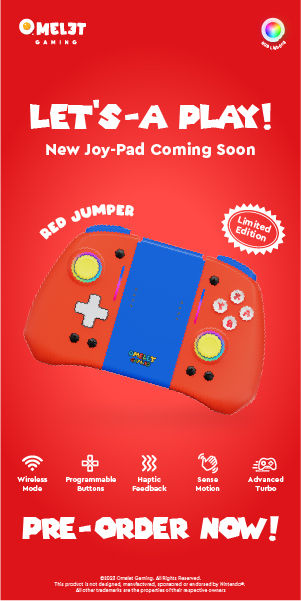Nmia was honoured to be invited to the media preview of “Armored Core VI: Fires of Rubicon“, a big thanks to the enthusiastic invitation from Bandai Namco Entertainment Asia! Here, the Slime editor shares their impressions after trying out the game!
“Armored Core VI: Fires of Rubicon” is set to be released on August 25th this year. As a game developed by FROMSOFTWARE, known for its focus on mech assembly and combat, players were eager to see what the new installment, after an 11-year wait, had in store. The preview version offered 11 playable levels, totaling about 4 hours of gameplay. However, each media participant progressed differently through the levels during testing, showcasing the depth of FROMSOFTWARE’s game testing.
Gameplay experience: Weights and manuvers done great, increasingly absurd boss fights
One of the key aspects that stood out to me was the realistic sense of weight and movement in the mechs. The game managed to maintain a strong sense of gravity and momentum, even when using the powerful Assault Boost propulsion skill. The mechs felt substantial and well-balanced in their movements, making the overall experience more immersive.
The game progression alternated between the mech hangar and huge stage levels, with impressive boss battles to challenge players. The first boss encountered was a massive helicopter boss, designed to allow players to adapt to the propulsion mechanics, 3 dimensional movements and the overall speed of boss battles. The encounter included elements reminiscent of the Souls series, where the boss would enter a berserk state at low health, where the battle gets increasingly challenging for players.
Another boss that caught the editor’s attention was the Juggernaut, a formidable mech with thick frontal armor that made frontal attacks ineffective. The Juggernaut’s tank-like leg equipment allowed it to freely rotate its upper body, delivering powerful charges that dealt significant damage. Overcoming this boss required experimenting with different mech configurations in the hangar, which was one of the core aspects of the game.
The preview ended with the glimpse of a multi-phased boss battle with bullet hell elements, promising exciting and challenging encounters in the actual release of the game.
Assembly gameplay: Look daunting with various parameters at first, but gets easier to understand shortly after
Next, I have to mention another core gameplay feature of this game, which is the assembly function in the hangar. It pleasantly surprised me, who became fascinated by it. I always had a liking for mechs, but the interest was limited to mechs like Gundams; I wasn’t exactly a hardcore military enthusiast. So, initially, I’ve approached this assembly system with some worries and concerns. However, upon actual experience, I’ve found that the system’s cleverness lies in the simplicity and intuitiveness of each component’s appearance, parameters, and resource consumption. All the changes are visible to the naked eye, and it’s not as excessively complex as they imagined. But that doesn’t mean it lacks flexibility; in fact, it’s more flexible and enjoyable.
To explain it in a way that I can easily understand, I’ll borrow a comparison from other FROMSOFTWARE games. It’s like selecting different equipment for various parts of the body, almost like choosing different classes. For example, choosing a thief’s Arm part would boost attack and operational speed, but it consumes more load and has less health. Opting for tank legs would allow for fast ground movement but minimal flight capabilities, and so on. This understanding of the assembly function in the game makes it genuinely simple, understandable, and enjoyable.
Each type of leg and propulsion system corresponds to different maneuvers. For example, humanoid legs provide overall stability, reverse-joint legs offer speed, agility, but low health, and they can perform special kicking moves. Quadruped legs allow for longer hovering in the air, tank treads enable drifting on land, while the different propulsion systems have specialized forms like short bursts or vertical sprints. There’s no definitive “strongest” combination; it’s all about finding the one that best suits each player’s preferences.
Regarding customization, players have the freedom to independently choose colors, material textures, and add weathering effects like rust or battle damage to each part of the mech. This aspect makes it a paradise for players who enjoy assembling mech models! (Even with just a 4-hour experience, I’ve unintentionally spent nearly half an hour on painting and customization.)
Overall, the assembly feature adds depth and enjoyment to the game, allowing players to create unique and personalized mechs that fit their playstyle and aesthetics.